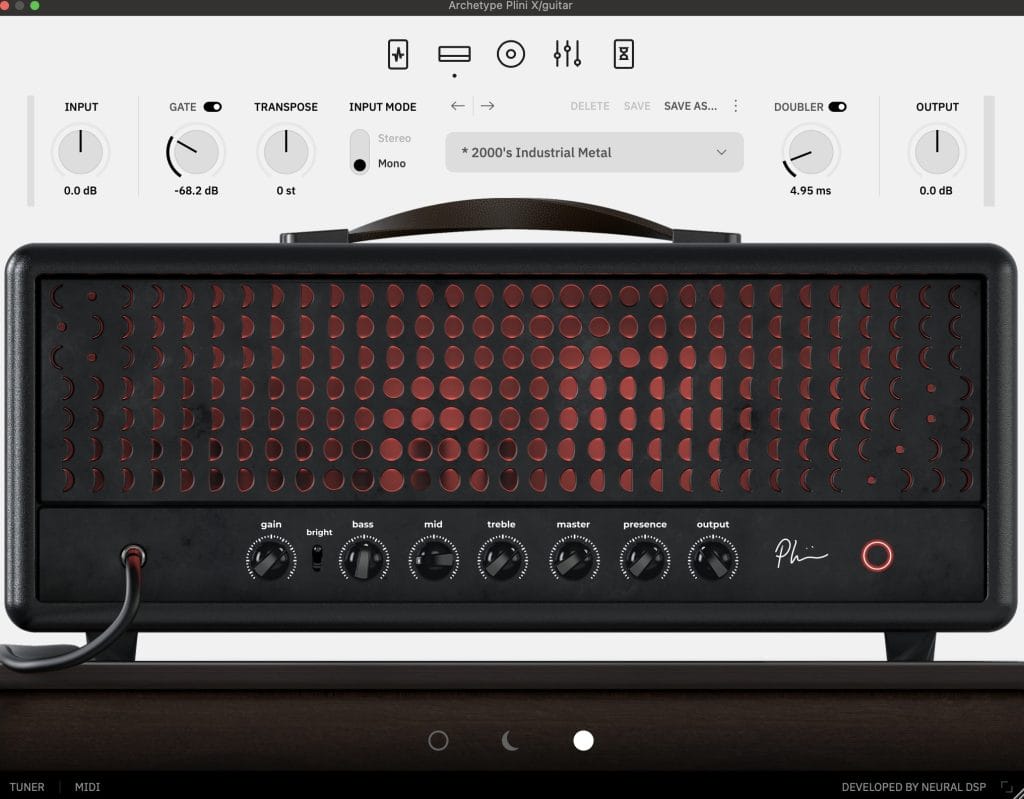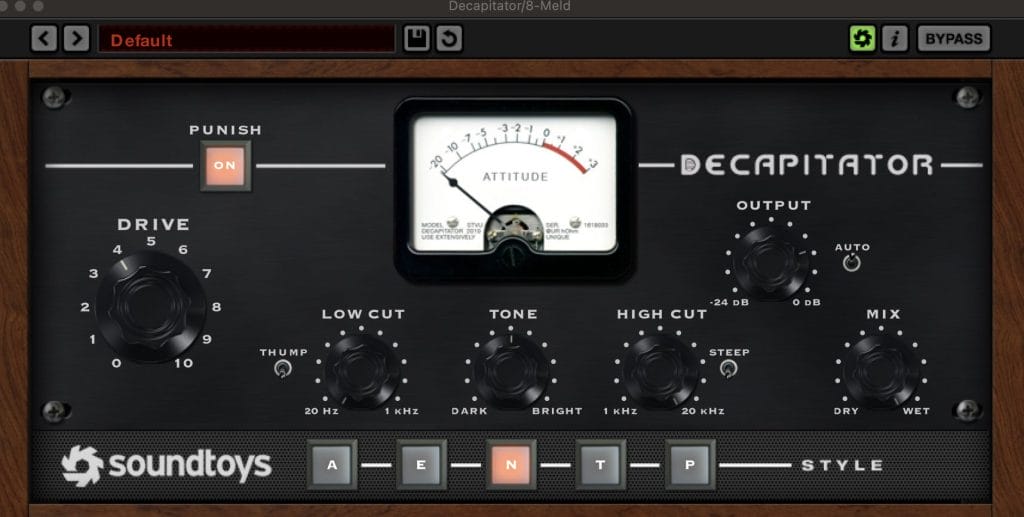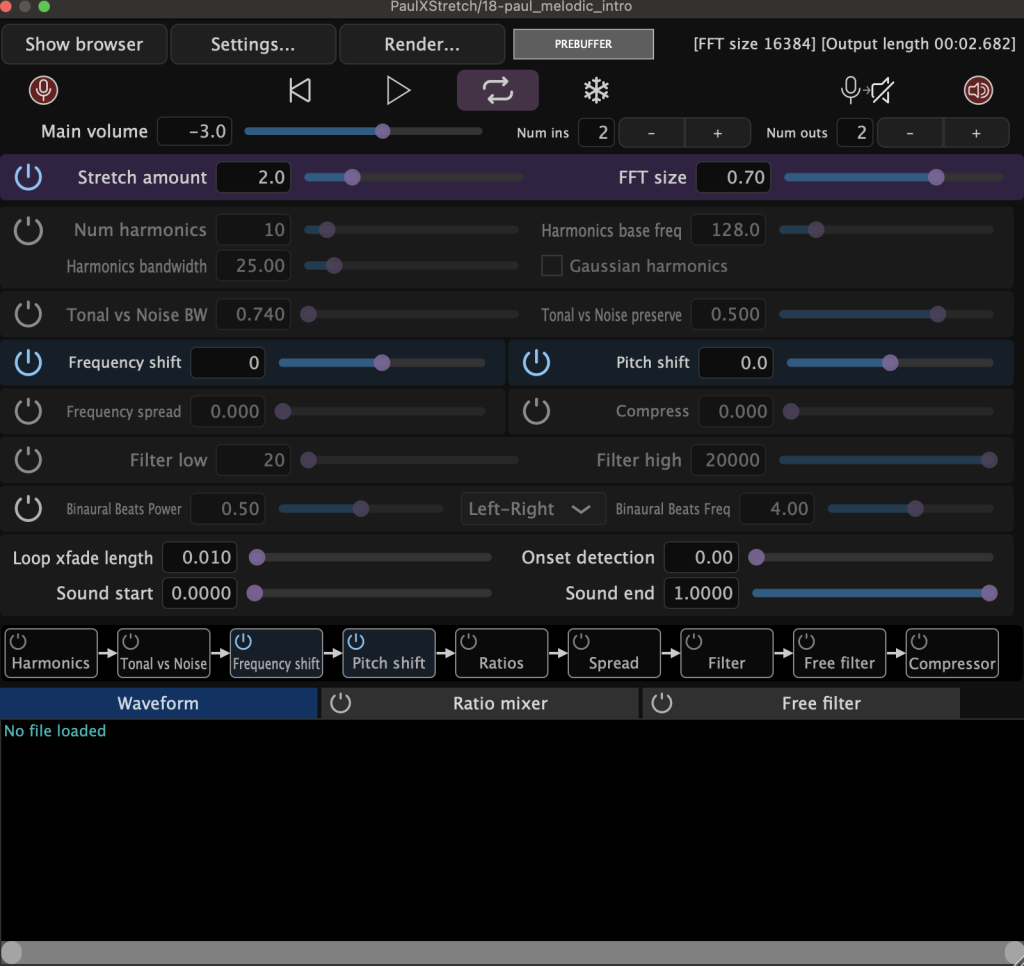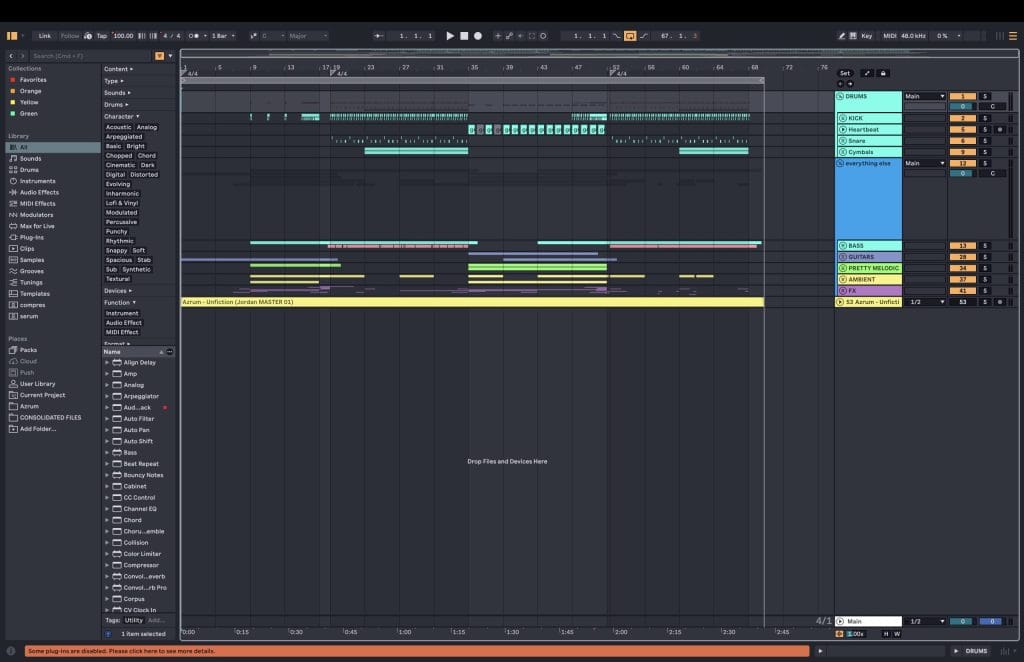AZRUM has arrived with The Collector Of Souls, a four-track EP out now on HypnoVizion. The release introduces listeners to a cinematic tale of myth, hallucination, and power unraveling through sound. Tracks like “The King” and the title cut drive the project’s dark tone, all centered on the story of a dying prince and a powerless wizard. It’s an ambitious concept that blends arcade nostalgia with a narrative edge, setting the tone for an anonymous project built on shadow and lore.
To bring this EP to life, AZRUM leaned on a mix of hardware and software that pushed his sound into new territory. The artist breaks down the tools behind The Collector Of Souls in detail in this latest edition of How It Was Made, explaining how plugins like Ableton’s Meld shaped the bass design and how Neural DSP’s Archetype Plini X gave guitars their gritty industrial presence. From there, Soundtoys’ Decapitator and Sonosaurus’ PaulxStretch provided saturation and atmosphere, carving out the heavier edges while filling the silence between sections with haunting drones.
Rather than relying on presets or templates, he built layers from the ground up, using filters, distortion, and unconventional choices to tie everything into the EP’s narrative. The result is a release that connects technical process to creative vision, where every sound carries weight inside the mythology of The Collector Of Souls and AZRUM was kind enough to come on and share the suce on the studio tools and secrets they used to make “The King”
Meld by Ableton

Meld is a synth that can make two different sounds at once. I used it for most of the bass parts in this track, along with a drop-tuned guitar to add weight. I usually go for Meld when I want something other than Serum. The layout is easy to use and it has a lot of sound design options.
In this track, I mainly used Meld to build custom bass sounds. I really like the Tarp and Squelch generators. I didn’t use any presets. Instead, I combined different sound layers and added movement with filters and effects. Meld gave me the control to shape heavy but detailed sounds.
If you’re working in this genre, I suggest trying different generator and filter combinations. Don’t stress about doing things the “right” way. Just experiment, then push your sound with compression and distortion. That’s when Meld really shows its potential.
Archetype Plini X by Neural DSP

Archetype Plini X is an amp simulator that works for both clean and distorted guitar tones. It’s easy to adjust and includes built-in effects. Whether you want a smooth sound or something heavier, it responds well and sounds great.
For this track, I used the “2000s Industrial Metal” preset on my guitar. It gave me a gritty, industrial tone that fit the vibe. I also use this plugin on synths sometimes when I want them to feel more aggressive and guitar-like. It’s flexible like that.
If you make music with heavy or mixed styles, this plugin is definitely worth trying. It’s not just for guitarists. You can run anything through it to add texture and weight.
Decapitator by Soundtoys

Decapitator is a plugin that adds saturation, which means it makes sounds warmer or more distorted depending on how hard you push it. It’s simple to use but gives your sound a lot of character.
I use Decapitator on almost everything. It’s a core part of my setup. Whether it’s drums, bass, or synths, it helps the sound stand out. Sometimes I push it too far, but that edge has become part of my style.
If your music style uses distortion or warmth, try this plugin. Spread it across different parts of the mix instead of using it all in one place. Small changes can make a big difference.
PaulxStretch by Sonosaurus

PaulxStretch is a tool that stretches audio way beyond its original length. It can turn short sounds into long, atmospheric textures. You can tweak a lot of settings, but even simple uses create cool results.
In this track, I used PaulxStretch to make ambient layers and drones. These sounds filled the gaps between the heavier sections and added a slow, haunting vibe. I didn’t overthink it. I just added a few samples and adjusted the stretch amount until it sounded right.
If you want to build tension or background texture, PaulxStretch is great. Try messing with the Stretch and FFT settings to see what happens. It works especially well for intros, risers, and background effects.
Quick Fire Tips for Making This Genre
Tip 1: Don’t just use synths for sound design. Any sound can be interesting if you mess with it the right way.
Tip 2: Use contrast to your advantage. A soft intro can make a loud drop feel even more powerful.
Tip 3: Make the kind of music you actually enjoy. Don’t worry about trends or numbers.
Tip 4: Try listening to other genres for inspiration. Metal and punk helped inspire my track The King.
Tip 5: You don’t need a full plan when you start. Sometimes just messing around with sounds will lead you to the best ideas.
The post How It Was Made: AZRUM – The King appeared first on Magnetic Magazine.






